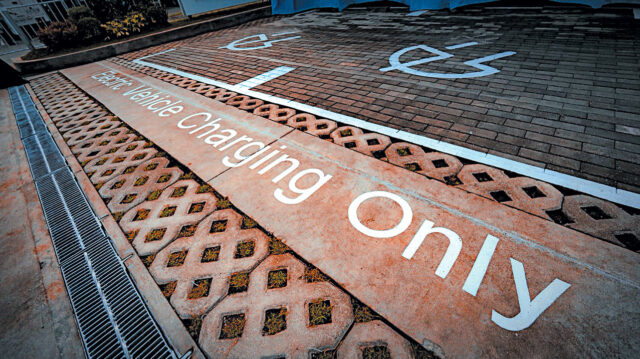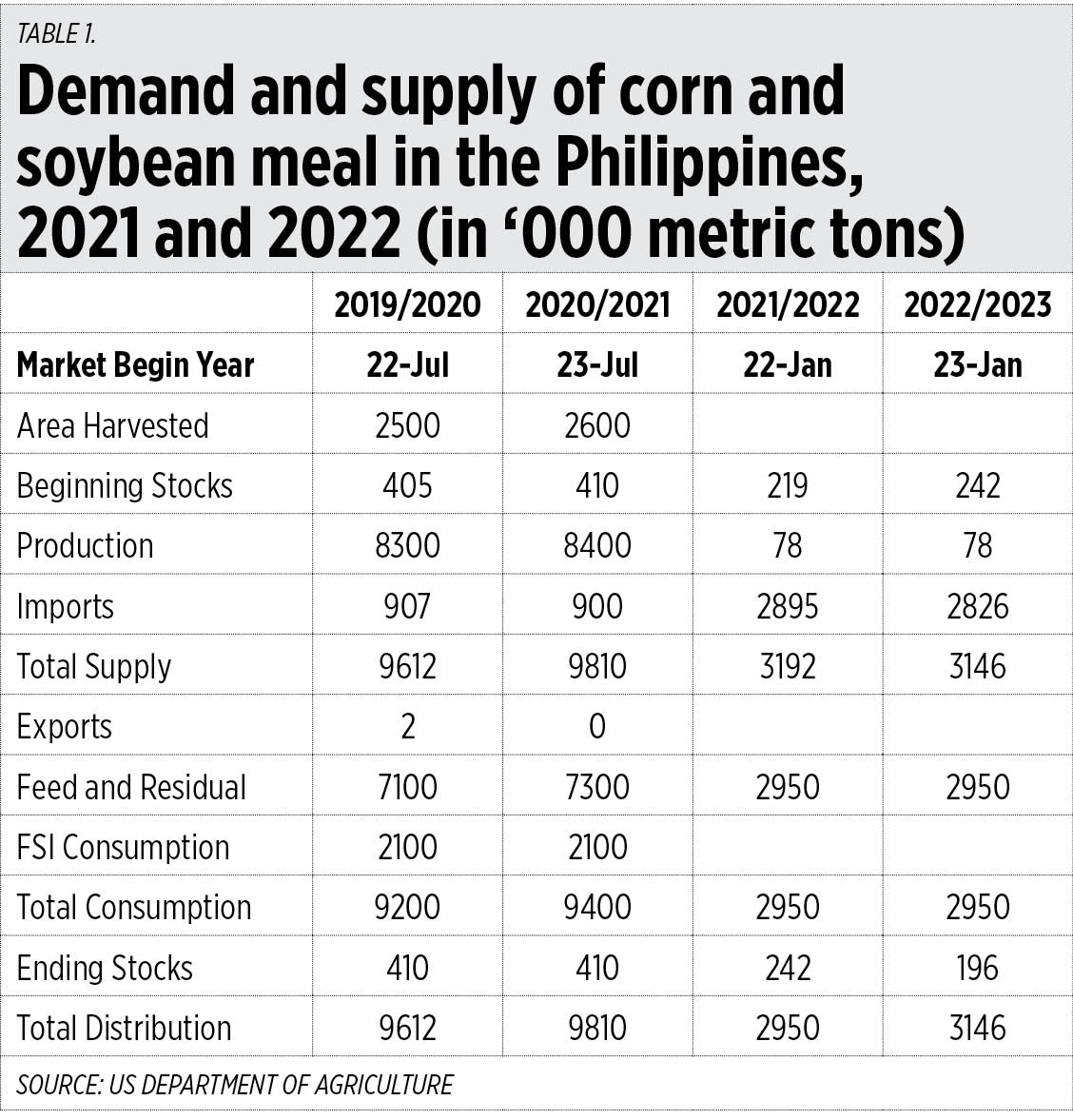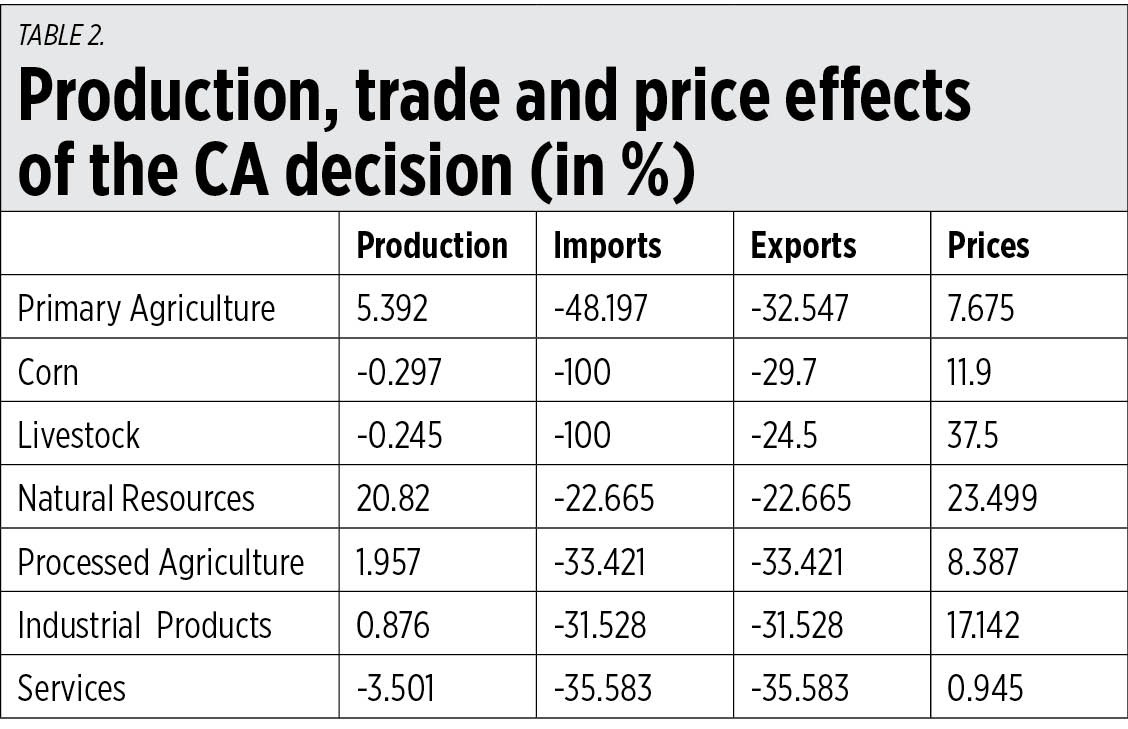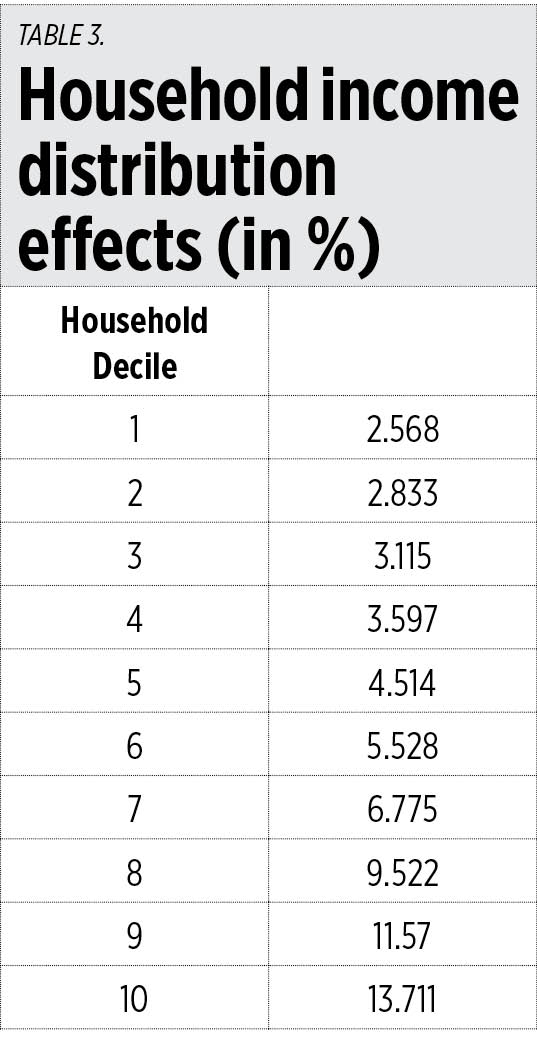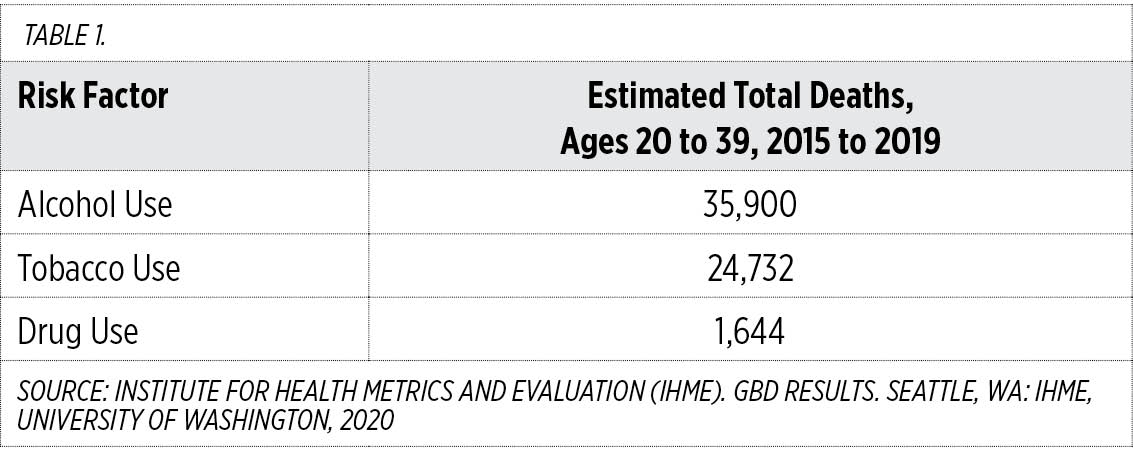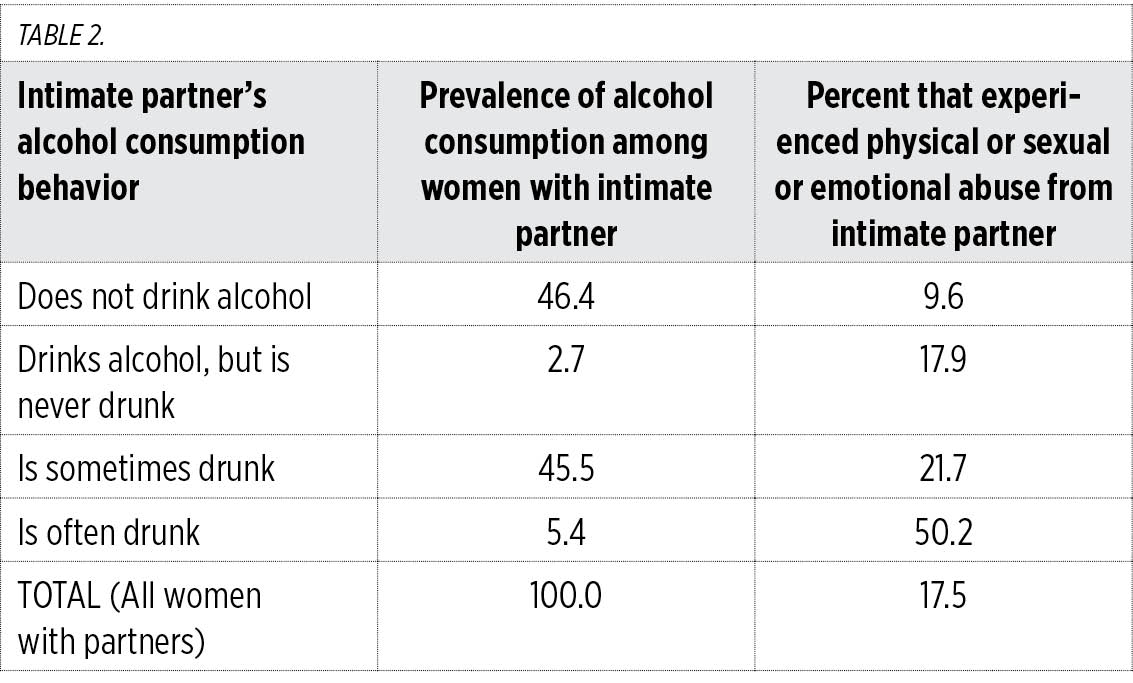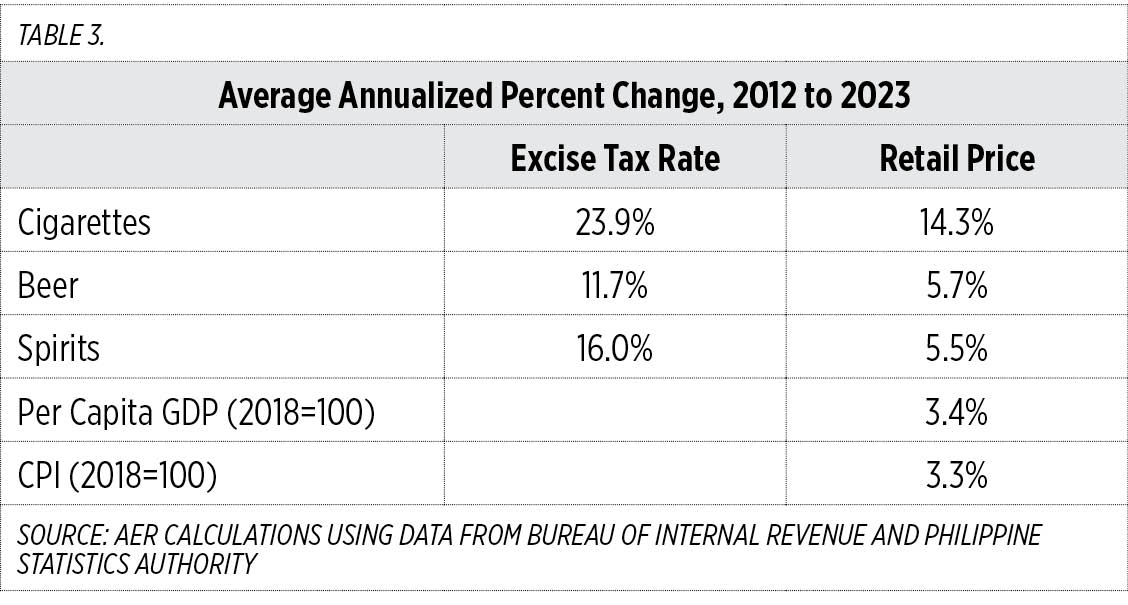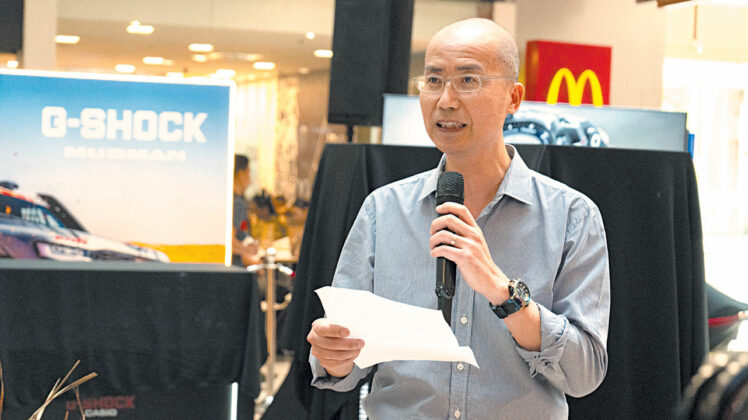Current affairs
Like traffic, EV uptake slows down, speeds up in places
By Brian M. Afuang
REPORTS OF THE DEMISE of EVs are greatly exaggerated, S&P Global Mobility paraphrased Mark Twain in a forecast released in late 2023. The research firm said it expects global sales of battery electric passenger vehicles to reach 13.3 million units in 2024, accounting for around 16.2% of passenger vehicle sales. Last year, 9.6 million all-electric vehicles took a 12% share in the tally of vehicle deliveries worldwide.
Citi Research’s own data on the matter, released in mid-April, presents a more conservative outlook: 12% growth this year versus S&P’s nearly 40% forecast. Citi Research also placed EV uptake in key regions to rise, to about six percent in China and 26% in the US, while predicting a decline in Europe. It added that the global penetration rate will be at 13% this year, slightly up from 2023.
Actual statistics provided in April by Rho Motion show that S&P and Citi Research were not far off the mark.
The UK-based intelligence firm reported global EV sales soared 21% in the first quarter of the year compared to the same period in 2023, reaching 3.1 million units worldwide. In March, 1.2 million EVs were sold, a significant 12% increase from the same month last year.
Rho Motion called the rise a “promising start to the year” even as it noted that Europe was “considerably” not as amped up as other regions were during the period. In the first quarter, China continued to lead the grid with a 31% growth rate while also charging up sales in markets in Southeast Asia and Latin America — EV deliveries in these regions, along with markets classified under “rest of the world,” surged 21% in Q1, boosted by exports of China-made models. North America saw its EV sales increase by 13%.
EV deliveries in EU markets, while registering a respectable seven-percent expansion, were short-circuited by a 21% decline in Germany — home to some of the world’s largest producers of all-electric vehicles.
The outage comes largely as a result of the German government abruptly halting its EV subsidy program in mid-December last year as part of measures to trim down the state’s 2024 budget. The move left some car makers initially footing the bill for customers who had ordered their EVs around the time the subsidy was scrapped. But car makers have announced they will stop the dole-outs soon (some of them may already have, or at least have reduced the amount).
Rho Motion noted that EV saturation in Norway, where nine out of 10 cars are all-electric, also tempered sales results in Europe.
For S&P, fluctuations in the EV sector lead the market “full circle to existing internal combustion technology.” Consumers who regard all-electric models as imperfect solutions to their mobility requirements — whether these are related to charging infrastructure, driving range, comparably high purchase cost, or battery-disposal concerns — are drawn to internal combustion engine (ICE) options driven by alternative technologies.
Newer hybrid-powered cars that can travel farther on electric power alone are proving to be more relevant in certain markets where EVs have yet to become practical choices. Citi Research cited that plug-in hybrids, at present, “can be viewed as an investment in future EV share” as these vehicles could prompt more consumers to ultimately adopt all-electric models when they are more ready to do so.
Some automakers are developing e-fuels for ICE cars as another energy source. E-fuels can power combustion engines with significantly reduced emissions and are more sustainably produced than conventional fossil fuels. The technology addresses companies’ carbon-reduction goals while providing the market with an option other than a complete shift to EV.
In its latest analysis, Adamas Intelligence acknowledged EV makers and their investors have indeed ran into some challenges recently. But the Canada-based data provider was quick to point out the slowdown in the EV sector can be expected, given the “breakneck pace” at which deliveries of all-electric vehicles have progressed in previous years.
As statistics have shown, EV uptake can grind to a crawl at certain times and places — especially so when consumers opt to take routes more familiar, if not relevant, to them.

